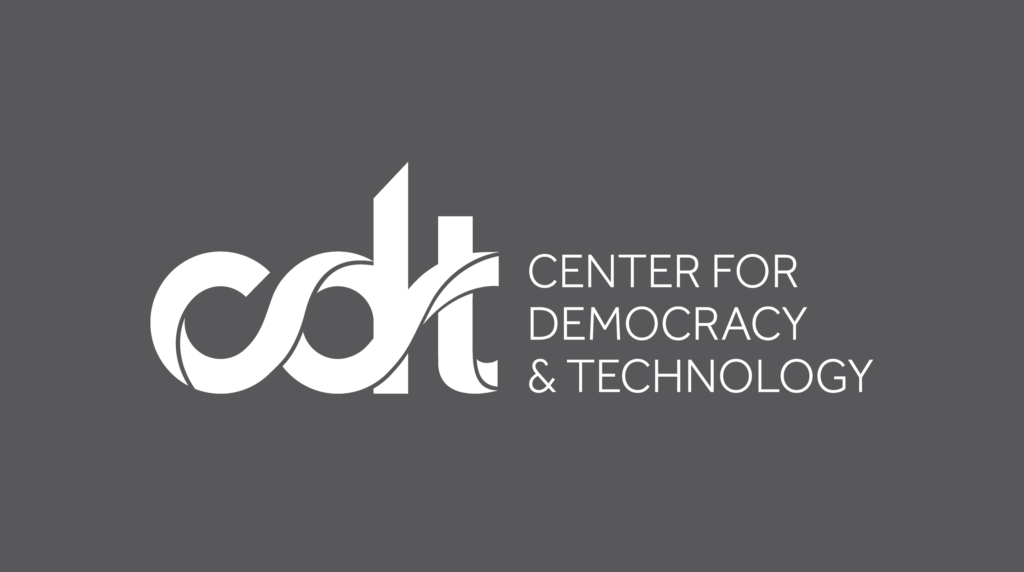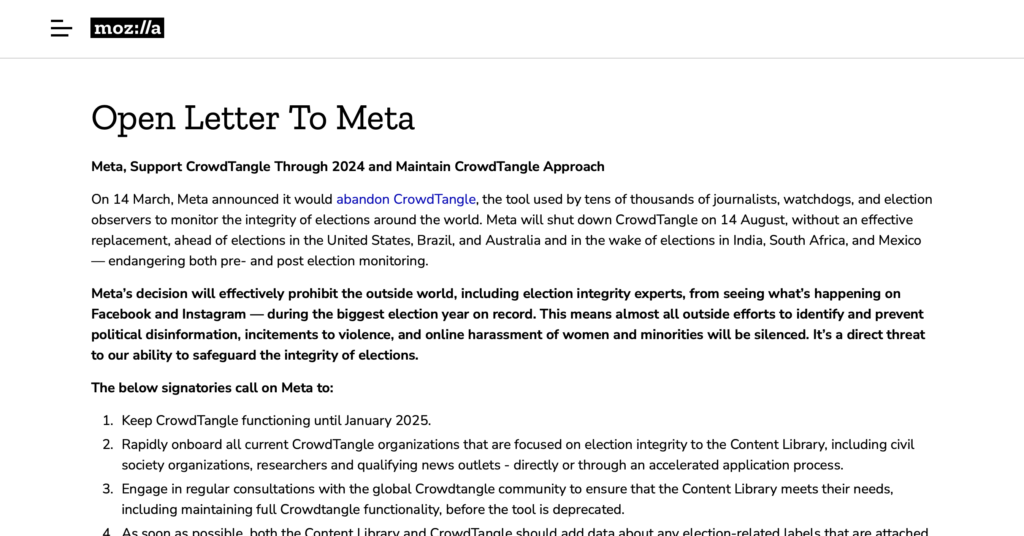De-Weaponizing and Standardizing the Post-Election Audit

As the 2022 midterms approach, about 300 people are running for federal or statewide office who have denied or questioned the outcome of the 2020 presidential election. Inevitably, some of these candidates will lose their races. It seems likely that some of those candidates will refuse to concede, deny the legitimacy of their loss, and call for sham reviews of the election. How do we distinguish these reviews from true post-election audits, which play a key role in ensuring confidence in election outcomes? Our report serves as a guide to the post-election audit landscape in 2022 and offers a path forward for improving post-election audits in 2024 and beyond.
One fundamental aspect of a successful election is that votes are collected and counted accurately and fairly, according to the rule of law. Another characteristic is that the results, if genuine, are respected by all parties, particularly the losing party.
When done right, a post-election audit is one of the strongest ways to ensure that these goals are met. When an election is free of major problems, post-election audits can generate evidence that the election was conducted properly and that the outcome was correct. (Likewise, a post-election audit may reveal procedural problems so that they can be corrected in future elections.) In turn, this should increase acceptance of the results and build public confidence in election systems, the bedrock of a functioning democracy.
But, since the 2020 presidential election, we have seen a number of “sham reviews” that seem intended to instead damage confidence in the outcome of a well-run election. Sham reviews may purport to be, or have the appearance of a good post-election audit. But they are instead “designed to undermine legitimate election results, mislead the public, and ultimately leave our elections – and our democracy – less secure.” By appearing similar to a standard post-election audit, sham reviews weaponize the trusted role that post-election audits typically play in elections. And rather than generate evidence that an election was executed properly, they can be used, perversely, to generate disinformation about elections and undermine trust.
By appearing similar to a standard post-election audit, sham reviews weaponize the trusted role that post-election audits typically play in elections.
Telling the difference between a good post-election audit and a sham review may not be straightforward. Several groups have identified best practices for audits, including Verified Voting, the Brennan Center for Justice, the Bipartisan Policy Center Task Force on Elections, and the National Association of Secretaries of State. But there currently exist no set of broadly agreed upon or mandatory standards for election audit procedures, nor a certification regime for auditors themselves.
Outside groups are often recruited to perform audits, either because they have special expertise or to ensure that the election is evaluated independently from the officials who carried it out. But there is currently no formal way to distinguish a qualified election auditor from an unqualified would-be election reviewer in the way that we distinguish licensed doctors from unlicensed quacks.
In this report, we identify the ways that sham reviews harm voters, taxpayers, and trust in elections overall. We also share ways for observers to distinguish good post-election audits from sham reviews.
Finally, we propose some options for creating formal distinctions between these kinds of reviews, including standards for post-election audits or a credentialing system for post-election auditors. Implementing standards for audit procedures or auditors themselves would make it easier for observers and journalists to credibly identify sham reviews, potentially disincentivizing sham reviews from being carried out in the first place. Having standards in place should also improve the quality and consistency of post-election audits in general, just as voluntary federal guidelines have enabled improvements to American voting systems.
In the long term, careful implementation of any of the policy options explored in this report should improve good post-election audits, disincentivize sham reviews, and help build a more resilient American democracy.


